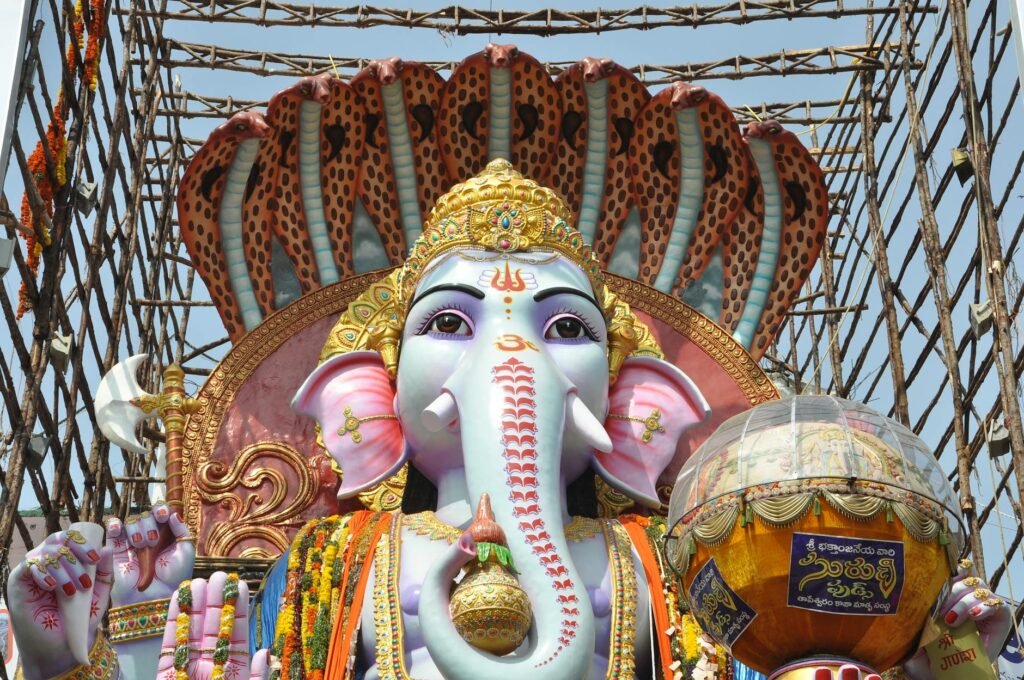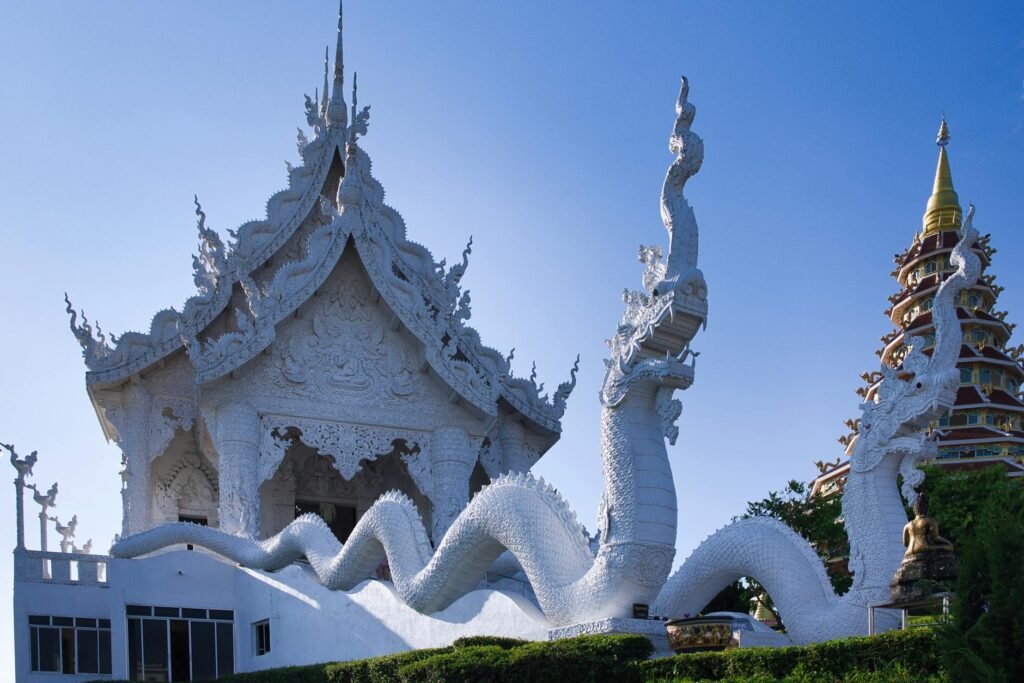The Naga, a captivating figure in various mythologies across South and Southeast Asia, represent a diverse group of serpent deities, often imbued with both benevolent and malevolent powers. Their depictions vary widely, from colossal, multi-headed serpents to more serpentine humanoids, reflecting the rich tapestry of cultural interpretations.
Origins and Cultural Significance
The origins of Naga worship are deeply rooted in ancient history, possibly predating the arrival of major religions in the region. Archaeological findings, such as the numerous Naga-inspired sculptures and motifs found in ancient temples and ruins, suggest a long and enduring presence in the cultural landscape. These powerful symbols were, and in many places still are, associated with water sources, fertility, and protection. 
Diverse Depictions and Iconography
Naga imagery is strikingly diverse. Sometimes depicted as majestic, multi-headed serpents guarding sacred sites, they can also appear as benevolent protectors of communities. In other instances, they may be portrayed as fearsome beings capable of unleashing devastating floods or inflicting curses. This duality reflects the complex relationship humans have had with the power of nature, particularly the unpredictable force of water. Learn more about Naga symbolism.
Naga in Mythology and Religion
Nagas feature prominently in various religious texts and traditions. In Hinduism, they are associated with gods like Vishnu and Varuna, often portrayed as guardians of sacred treasures or powerful allies. Buddhist mythology also incorporates Nagas, sometimes depicted as protectors of the Buddha himself, representing the power of enlightenment and spiritual protection.  Their presence in these major faith systems highlights their enduring cultural influence.
Their presence in these major faith systems highlights their enduring cultural influence.
Naga in Modern Culture and Traditions
Even today, Naga continue to hold cultural significance in many parts of Asia. From festivals dedicated to their worship to the continued use of Naga imagery in art and architecture, their presence remains strong. In some regions, the Naga are still revered as protectors of communities, and their effigies can be found guarding homes and temples. Explore modern Naga traditions. This enduring relevance speaks to the deep-seated connections between these mystical figures and the people who revere them.
Regional Variations and Interpretations
The iconography and mythology surrounding Nagas vary considerably across different regions. In some cultures, they are closely associated with water spirits and rain, while in others they are linked to the earth and its fertility. These regional variations illustrate the adaptation and evolution of Naga beliefs throughout history. Compare different Naga depictions. [IMAGE_3_HERE]
The diversity of Naga legends and artistic representations is fascinating. For instance, the Naga of Thailand often have a distinctly different appearance compared to those found in India or other parts of Southeast Asia. This demonstrates the adaptability of a single overarching archetype to diverse cultural contexts. Read about the various Naga cults.
Conclusion
The Naga, far from being simply mythological creatures, represent a complex and multifaceted cultural heritage. Their enduring presence in art, religion, and folklore speaks to their continued power and significance. As we continue to learn more about the rich tapestry of Asian culture and history, studying the Naga provides an invaluable lens for understanding the human relationship with nature, spirituality, and the power of myth.
Frequently Asked Questions
What is the significance of the multiple heads on some Naga depictions? The multiple heads often symbolize power, wisdom, and the ability to perceive multiple aspects of reality simultaneously.
Are all Nagas benevolent? No, Nagas are often depicted with a duality—they can be benevolent protectors or destructive forces, depending on their portrayal and the specific mythology.
How does Naga worship manifest in contemporary society? Naga worship manifests in various ways, including festivals, rituals, and the continued use of Naga imagery in art, architecture, and daily life. Discover more about modern Naga practices.
What is the relationship between Nagas and water? Nagas are often closely associated with water, symbolizing the life-giving properties of water, its power and its potential for destruction.
Where can I learn more about Naga mythology? You can find more information in books, academic articles, and online resources dedicated to Asian mythology and folklore. Explore more resources here.